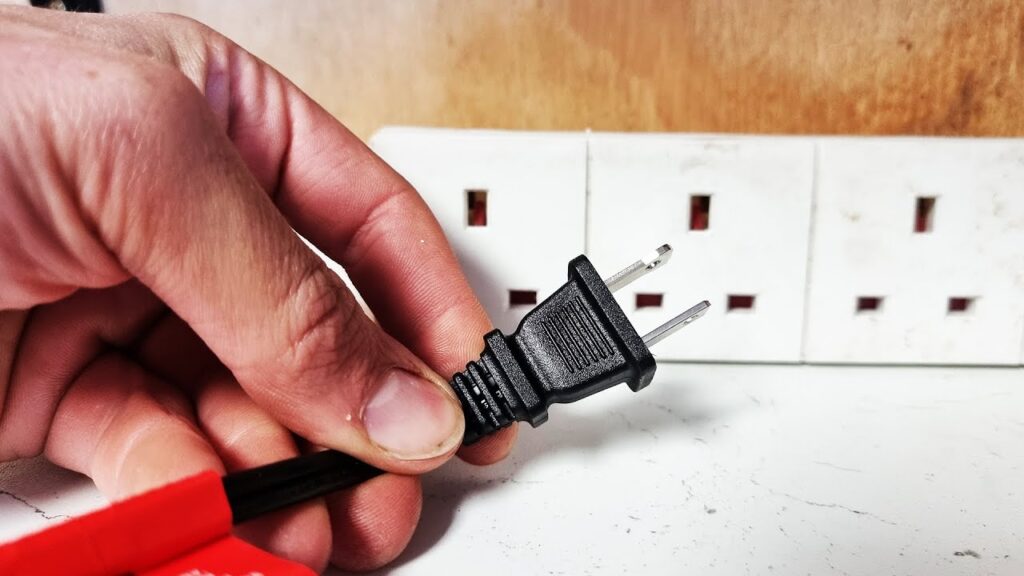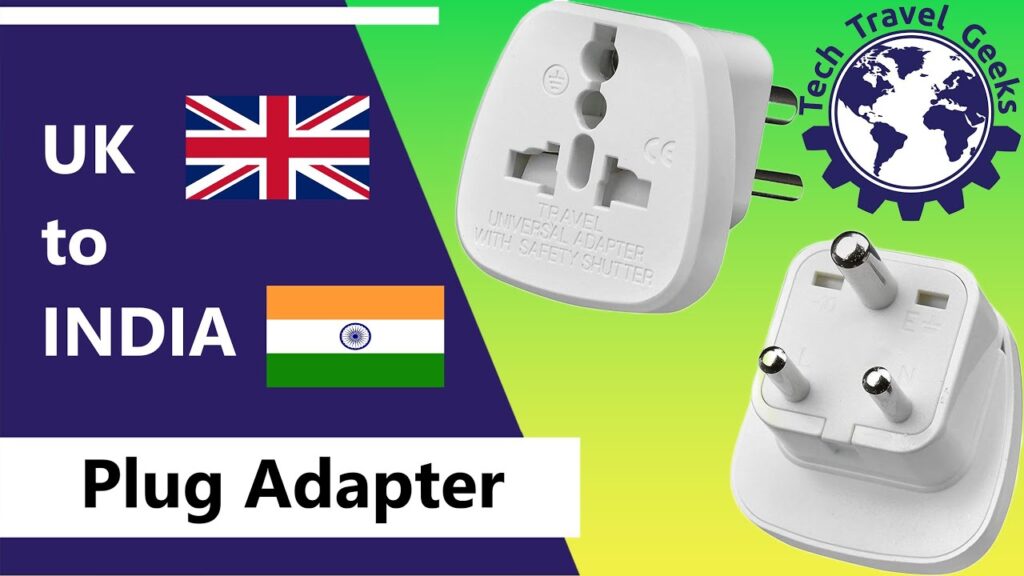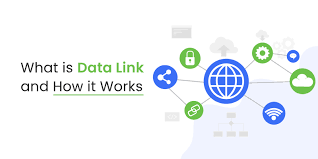Understanding US Plugs: What You Need to Know About Power and Adapters

Before you leave, make sure you have a plan so you can make the most of everything America has to offer. Types A and B are the two equivalent plug types for the USA. Two flat parallel pins make up plug type A, while two flat parallel pins plus a grounding pin make up plug type B. The USA uses a 120V supply power and a 60Hz frequency. Which plug type do you need? To make sure you can use your electrical appliances safely when traveling, you need to think about what to take. Typically, this involves using a travel adaptor, which is essentially a device that lets you plug in any electrical item made in the UK to an electrical outlet in another country. It is crucial to remember that it does not change the frequency or voltage. There are two related plug types for the USA: kinds A and B. Two flat parallel pins make up plug type A, while two flat parallel pins plus a grounding pin make up plug type B. The USA uses a 120V voltage supplied and a 60Hz frequency. Transformers and voltage converters Electricity supply can have voltages ranging from 100V to 240V worldwide. It could be quite dangerous to use an electrical device that is specified for a voltage different from the source of the power supply. Because voltage differs from country to country, you may need to use a transformer or voltage converter when visiting the USA. Verify that the appliance you intend to use does not have a power rating higher than the maximum amount of watts or amps that all transformers and converters can handle. Appliance rated for dual voltage The rating plate of the appliance will indicate whether a transformer or converter is needed. When an appliance is dual voltage rated, it will say something like “INPUT: 110-240V” on the power supply or the device itself. This indicates that since the USA uses a 120V power supply, which is within the 110-240V range that the dual voltage appliance runs on, you won’t require a converter or transformer. Instead, all you’ll need is a travel adaptor. Appliances with a single voltage rating The supply voltage in the USA is 120V. The single-voltage appliance must be used in conjunction with a voltage inverter or converter if the appliance or the source of power is not dual voltage qualified for it to function safely and correctly (unless it runs at 120V). These travel adaptors ought to only be utilized with double-insulated equipment, which is identified by the symbol below. We advise you to check your appliances to make sure they meet the requirements before leaving for the United States. Click on one of the links below to learn more about travel adaptor requirements to other North American countries. (Frequently Asked Question) FAQ’S What plug types are used in the United States? The United States uses a 120V voltage supplied and 60Hz frequency. Plug types A and B are associated with the country. Plug type A has two flat parallel pins, while plug type B has two flat parallel pins plus a grounding pin. Is there a difference between UK and US plugs? A US plug socket is not the same shape as a UK or European plug socket, so your European plugs won’t fit. Moreover, US devices, sockets, and plugs are made to operate at voltage levels that are entirely different from those of UK plugs. Do US plugs have two or three pins? While most electrical appliances run at about 110 volts, the official voltage for the USA and Canada is 120 volts. The two-pronged North American outlet, along with the optional third round pin (Type A and Type B), is the system used across North America. EU and US plugs: what are they? Type-A/B plugs are used in America, while Type-C plugs are used in much of Europe (Type-C plugs can also fit into Type E, F, H, J, K, L, and N sockets, which in some countries like Italy, Denmark, Switzerland, etc., replace the Type C socket). European appliances use 220-240 volts, while American appliances use 110 volts. What is the US plug code? Type A and type B power plugs and sockets (outlets) are used in the US. The standard voltage and frequency are 120 V and 60 Hz, respectively. Why are there only two pins on US plugs? Two-prong plugs are commonly seen on numerous appliances in the USA and other countries as they are “double insulated.” Except for outlets that feature safety shutters on the current-carrying slots which are unlocked by the ground prong, the last prong is for ground fault protection. CONCLUSION Make sure you have a strategy before you travel so you can take advantage of everything America has to offer. For the USA, there are two comparable plug types: types A and B. Plug type A consists of two flat parallel pins, and plug type B consists of two flat parallel pins and a grounding pin. The USA employs a 60Hz frequency and a 120V supply voltage.
Essential Tips for Using IndiaPower Outlets Safely

For India, there are three corresponding plug types: C, D and M. Plug type C comes with two round pins, plug type D comes with three round pins arranged in a triangle configuration, and plug type M comes with three round pins. India (india power outlet) uses a 230V supply voltage at 50Hz. Travel guide on adapter packing for India Plug Types Voltage The main voltage in India(india power outlet) is 230 V, which is compatible with all UK appliances. The UK voltage is now listed as 230 V +10% / – 6%. The frequency The frequency in India (india power outlet) is 50 Hz, the same as in the UK. Special Considerations The standardized voltage in India is 220V/50 Hz, with tolerances ranging from 216V to 253V. Some hotels feature dual outlets for foreign appliances, supplying both 120V and 230V. Transformers Electricity supply globally ranges from 100V to 240V. It can be dangerous to use an electrical appliance rated for a voltage other than the supply. Because voltage varies from nation to country, you may need to utilize a voltage converter or transformer when in India. If the frequency changes, the regular operation of an electrical appliance may be affected. For example, a 50Hz clock may operate faster on a 60Hz power supply. Most voltage converters and transformers include a plug adaptor, so you may not need to purchase a separate travel adapter. All converters and transformers will have a maximum power rating (AMPS or WATTS), so make sure that any item you plan to use does not exceed it. Dual voltage-rated appliance Look at the appliance rating plate to see if you’ll need a converter or transformer. When an appliance is dual voltage rated, it will display information such as INPUT:110-240V on its body or power supply. This means you won’t need a converter or transformer, only a travel adaptor because India’s supply voltage is 230V, which falls within the 110-240V range of the dual-voltage appliance. Single voltage-rated appliances India’s supplied voltage is 230 V. Converters and transformers perform similar functions, but their applications differ. Converters are often used with appliances that function for a short period (1-2 hours), whereas most transformers can be used with appliances that run continually. It’s vital to note that some travel adaptors aren’t compatible with any appliances that require an earth connection. These travel adaptors should only be used on double-insulated equipment. We recommend that you examine your appliances before leaving for india power outlet to ensure that they meet the necessary standards. From Where to buy a power adapter for India Airports Power adapters are likely to be accessible in large airports before departure; however, the selection of adapters may be limited to popular destinations. Before buying at the airport, you must investigate the specific sort of adaptor you need. Look in the travel accessories section of airport newsstands, electronic stores, and pharmacies, but expect to pay 50% more than usual costs. Airports will be your last opportunity to purchase a power adapter before departure; always verify the returns policy to ensure that a broken or unsuitable good may be readily exchanged or refunded in an airside shop. Purchasing the appropriate power adaptor in advance of your journey will be easier and cost-effective. High street stores typically carry common sorts of travel adapters to popular locations, but for the most options, it is best to purchase a power adapter online. local electrical shops On arrival, power adapters can be purchased in local electrical high street shops and drug stores, but always verify the build quality first because safety standards may differ in a foreign country, which is critical when dealing with electrical items. Keep in mind that going shopping for power adapters in a new location may be impractical, especially if you need to get it done fast before your batteries die. Hotels Hotel receptions may provide power adapters for sale, rental, or as a complimentary addition for visitors; however, availability is typically restricted, and a hotel may not have the exact type required for your country. If in doubt, phone the hotel first and request a reservation, as an adapter is unlikely to be found in your room upon arrival. CONCLUSION There are three associated plug types: C, D, and M in India. The plug type C has two round pins, the plug type D has three round pins in a triangle arrangement, and the plug type M has three round pins. India’s supply voltage is 230V and the frequency is 50Hz. (Frequently Asked Question) FAQS What sort of plug is used in India? There are three associated plug types: C, D, and M in India. What are plug types C and M? Plug type C has two round pins, plug type D has three round pins arranged in a triangle configuration, and plug type M similarly has three round pins. What distinguishes D from M plugs? The Type M plug has three circular pins and is nearly identical to the Type D Indian plug, except for its scale (which is significantly bigger). What other countries use the same plug as India? Country Often uses the same connectors as: Voltage Azores India 220-230 Bahamas United States 120 Bahrain United Kingdom 220 Bangladesh India 220 Is the Dubai adaptor the same as the one used in India? In the UAE, power plug adapters are required for socket types C, D, and G.
Alteryx Layoffs:Lessons and Implications for the Industry

1. Alteryx Layoffs: How and why did it happen? A major blow was recently dealt to Alteryx, a well-known company in the data analytics sector, with the announcement of large layoffs. Roughly 25% of the employees in the company were let go. One may question why this occurred. This is a typical action for businesses managed by private equity (PE) firms, where reducing expenses and boosting profitability are frequently given first priority. It is thought that Alteryx’s layoffs are a component of the PE firm’s plan. These companies frequently boost profit margins, decrease debt, and streamline operations. They usually hold businesses for two to six years before trying to turn a profit by selling them off. However, this tactic has the potential to bring about important adjustments within the organization that will affect not only the workers but also the culture as a whole tactics have the power to drastically alter the way the business runs. These adjustments may create an unstable work environment that demotivates and instills feelings of insecurity in employees if they are not managed carefully. As we’ll see in the next sections, this kind of circumstance can have far-reaching consequences that can influence the company’s market position as well as its culture. But for the time being, it’s important to remember that Alteryx’s layoffs serve as a stark reminder of the sometimes extreme lengths to which businesses will go in order to maximize profits—often at the expense of the well-being of their workforce. The Effect on Staff and Corporate Culture In each organization, the effects of layoffs extend beyond their numerical value; they also have a dramatic impact on the remaining personnel and the culture of the entire organization. At Alteryx, the working atmosphere and employee morale suffered as a result of the layoffs. Workers described what they experienced in the wake of the layoffs, presenting an unstable picture. Workplace uncertainty and stress were caused by changes in leadership and a renewed focus on cost-cutting and profitability rather than developing and fostering talent. When individuals who were a part of a successful team suddenly find themselves facing uncertainty about the future, it’s unsettling. There had a significant impact on company culture, the ubiquitous yet imperceptible thread that unites the workforce and the corporation. The staff were negatively affected by the cost-cutting initiatives and layoffs. They believed that the company’s goals were out of alignment and that safeguarding the senior leadership was more important than creating a welcoming and development-focused workplace. Over time, such a cultural shift may have negative consequences. An organization depends on its members working together to achieve its goals. Employee productivity can suffer as well as overall business success if the emphasis moves from developing talent to just getting by. The climate of dread and uncertainty replaces the sense of unity and shared purpose that once prevailed. Any firm, especially Alteryx, must realize that, although profit is important, it shouldn’t come at the expense of a positive workplace culture with satisfied employees. An organization must strike a balance between achieving its financial objectives and preserving a supportive and upbeat work atmosphere. Examining the Impact on Alteryx’s Position in the Market The recent layoffs at Alteryx, which reportedly impacted 20% of the workforce, have sparked concerns about the company’s standing in the industry. The business competes fiercely in its industry, facing off against companies like Databricks, Snowflake, Tableau, and Power BI. Alteryx’s capacity to effectively compete may have been hampered by the layoffs and other internal adjustments. For example, a few staff members have expressed dissatisfaction with the company’s emphasis on product development. They fear Alteryx Layoffs will keep spending money on new items that the market doesn’t need while ignoring problems that already exist. This can damage the business’s standing with clients and weaken its position in the industry. Furthermore, the company’s market position encompasses more than just its offerings. It also has to do with how it manages its workers and its corporate culture. A business may have trouble keeping top talent if it doesn’t provide a secure work environment or put employee well-being first. This could ultimately have an impact on its capacity to innovate and maintain its competitiveness. Therefore, even though Alteryx’s layoffs may have been a calculated decision to reduce expenses and simplify operations, it’s important to remember that such choices can have a big impact. These consequences can affect the company’s market position, staff morale, and reputation overall in addition to its financials. Understanding these possible outcomes is essential for every business, particularly those in fiercely competitive industries. The Alteryx Layoffs case study has demonstrated that managing company changes is a challenging procedure. Making judgments which make sense on paperwork is not the only thing to do; human factors and any knock-on impacts to the larger market must also be taken into account. This case should serve as a warning to other businesses about the potential effects of their actions on every aspect of their business operations. Lessons Learned:Preventing Analogous Circumstances in the Future We can apply some crucial lessons learned from the Alteryx layoffs to steer clear of situations like these in the future. One of the most important lessons learned is the part that IT plays in a business’s daily operations. It is essential for involving the IT department early on in the adoption of new technology. By ensuring a smooth transition and avoiding frequent mistakes early on, this early involvement eventually adds a lasting benefit to the company. Another important lesson is to avoid inefficiencies and duplication. A progressive adoption of advanced analytics solutions allows firms to prioritize their most important departments first. This method guarantees that resources are effectively distributed where they are most needed while also streamlining the process. Another thing to learn from the Alteryx layoffs is the possible consequences of making large changes. Massive layoffs have the potential to rock a company’s foundations, affecting not only the staff but also the company’s standing in the marketplace. Because of this, it’s
What is Data Link and How Does it Work

The word “data link” is used in technology, particularly in organizations or businesses that deal with communication arrangements. A data link, to put it simply, is the connection between two areas. Transmitting and receiving digital information is the primary purpose of these links. These waves can be transferred thanks to a unique link protocol, after which the recipient computer interprets them. T he second layer is incorporated by the data link in Open Systems Interconnection (OSI). This layer is responsible for data transfer and error correction in the physical layer, which is the first layer. How is a data link operated? To learn more about the data link and how it works, please continue reading. Details about the data link Datalink connects two devices, most often PCs. The device can send and receive data concurrently. Data links are configured in three different ways. These include the simplex, half-duplex, and full-duplex connections. Simplex communication is unidirectional, but half-duplex communication allows for simultaneous bidirectional communication. And the most efficient data link is the full-duplex connection. This is the most complex type of digital communication, as it allows for bidirectional communication at the same time. Certain protocols govern the movement of data from one device to another. There has to be a proper link between the two devices to ensure effective communication. Sublayers of Datalink Layer Functions of the Data Link Layers Datalink has several uses in the technological world. These functions include the below: To provide for smooth data transfer, several devices are utilized in various transmission zones. The Advanced Mini Link System (AMLS), Integrated Data Link System (IDLS), and Enhanced Micro Data Link System (EMDLS) are a few examples. Experts advise hiring a reputable IT firm to assist you with this implementation if you are in charge of a business or other technological venture that needs data link services. FAQ’S What is a data linker? The data link layer is the protocol layer in a program that handles how data goes in and out of a physical link in a network. What are the advantages of data links? Linked data formats (like RDF) are ideal for mass editing. Multiple methods of defining items (data models, ontologies, hierarchies) can coexist in the same system (even opposing values!). Linked data allows for rapid editing, querying, and updating. What constitutes a linker example? There are many various types of linkers, but some of the most common are: Additions include and, also, also, additionally, in addition, and aside. Contrast: yet, yet, nonetheless, on the other hand, despite, even though. Conclusion A data link is a connection between two areas, primarily used in technology for transmitting and receiving digital information. Linked data formats (like RDF) are ideal for mass editing. Multiple methods of defining items (data models, ontologies, hierarchies) can coexist in the same system (even opposing values!). Linked data allows for rapid editing, querying, and updating. There are many various types of linkers, but some of the most common are: Additions include and, also, also, additionally, in addition, and aside. Contrast: yet, yet, nonetheless, on the other hand, despite, even though.
